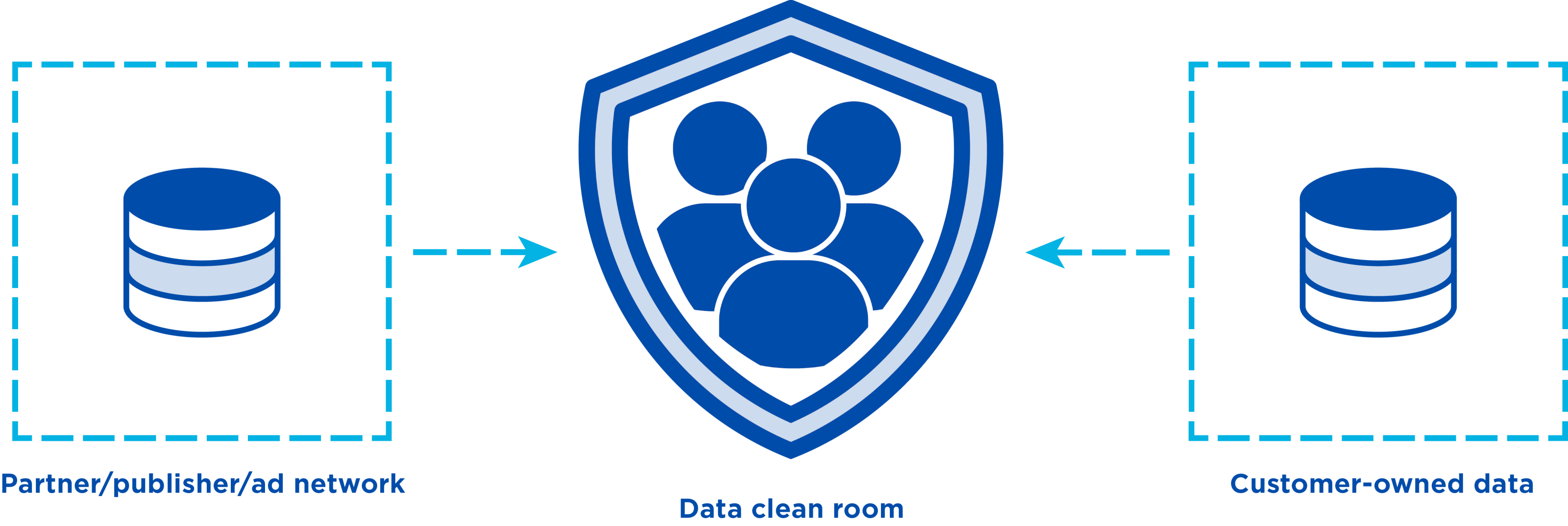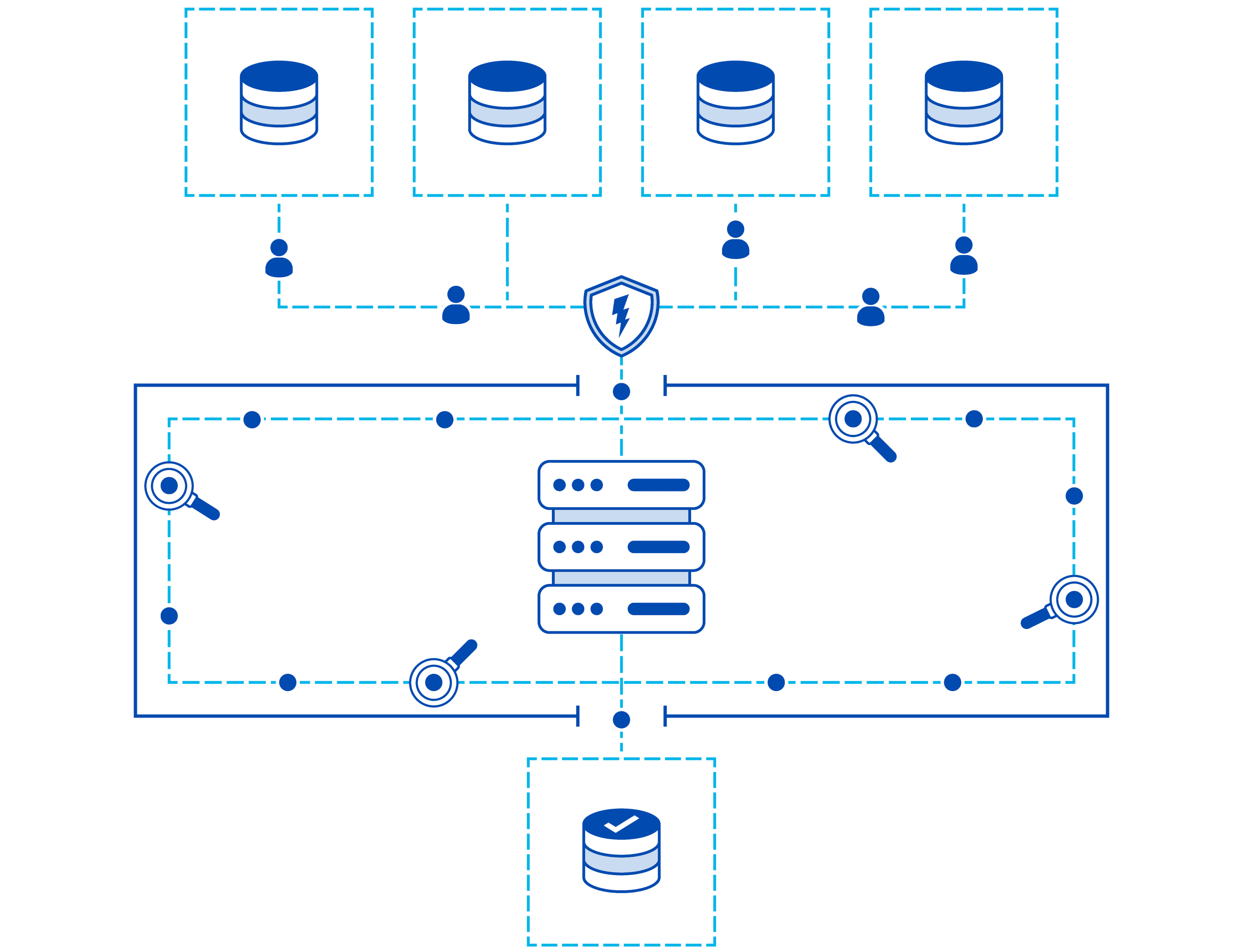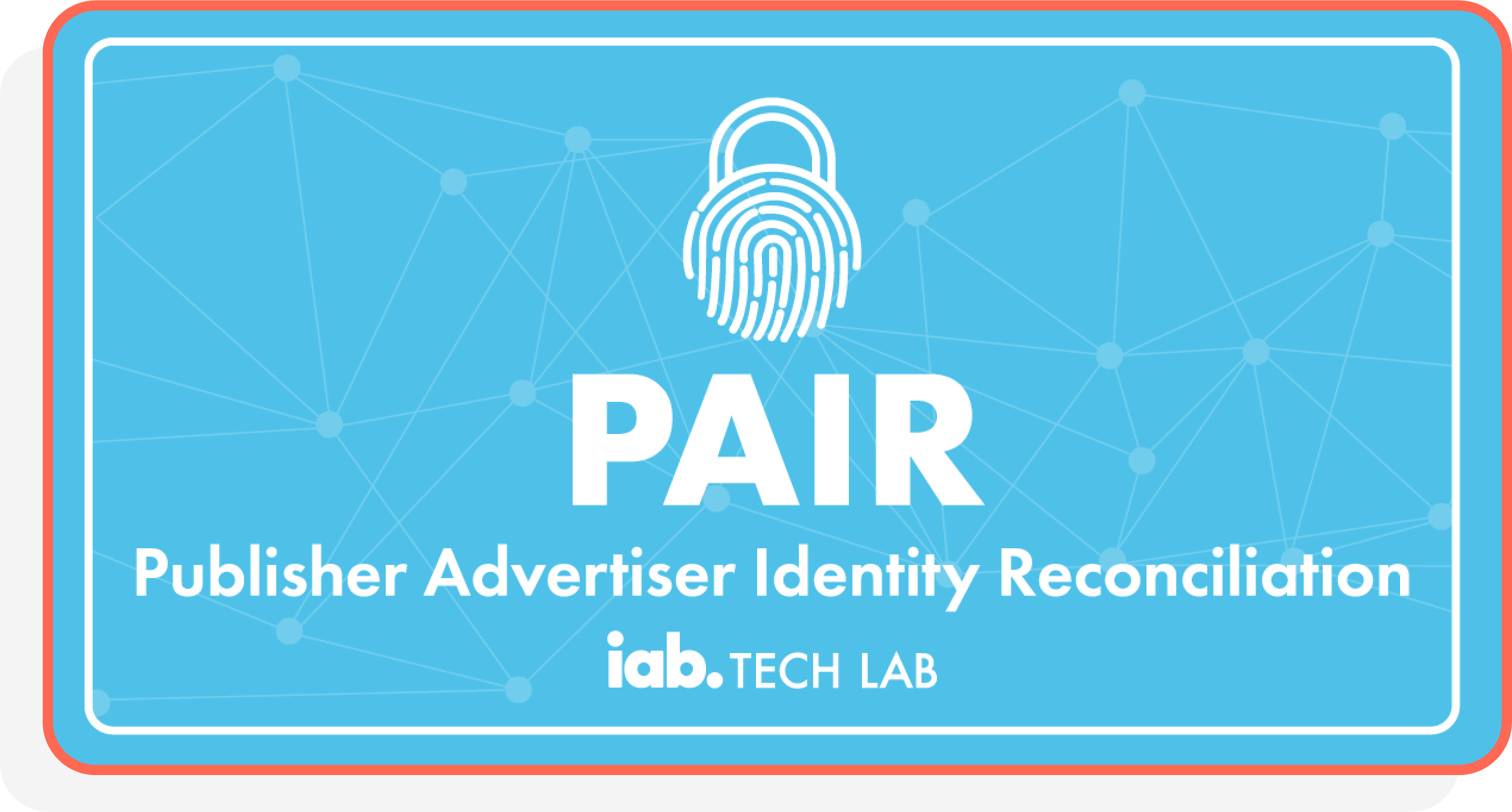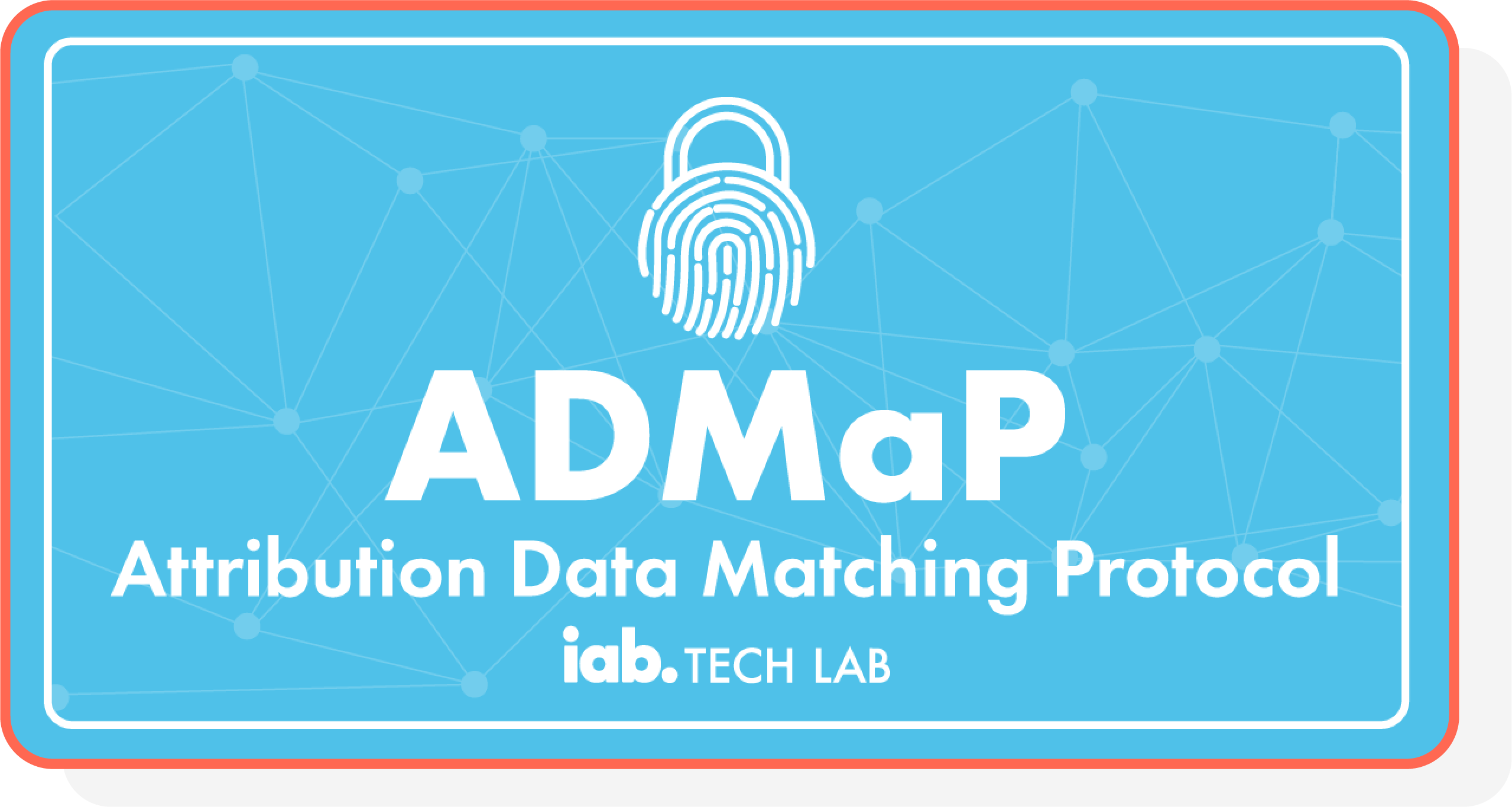Expert insights from Kochava webinar with IAB Tech Lab
As 2025 dawns, the digital advertising landscape is undergoing a profound evolution—where measurement capabilities and a privacy-first ethos advance in tandem rather than at odds. With traditional identifiers fading and privacy regulations intensifying across global markets, data clean rooms (DCRs) continue to gain traction as a breakthrough solution, redefining brand-publisher collaboration while upholding stringent privacy standards. These secure environments maintain robust analytical power while protecting consumer privacy—a balance previously elusive but now essential to modern digital advertising.

A recent webinar convened thought leaders from Kochava and IAB Tech Lab to explore this key advancement. Together, Grant Simmons, VP of Kochava Foundry; Ethan Lewis, CTO of Kochava; and Miguel Morales, Director of Addressability and Privacy Enhancing Technologies at IAB Tech Lab, unpacked how DCRs are poised to reshape the future of digital advertising—and what marketers need to know.
Evolution of Data Collaboration
The rise of data clean rooms mirrors advertising’s transformation from open data exchange to privacy-centric collaboration. The traditional model of unrestricted data sharing between advertisers and publishers, while effective for targeting and measurement, raised increasingly urgent privacy concerns. The introduction of GDPR, CCPA, and other privacy regulations, along with initiatives like Apple’s App Tracking Transparency framework, has fundamentally altered the paradigm.

DCRs—inspired by technology developed for government and financial institutions—are becoming established as an elegant solution. Today’s implementation melds advanced cryptography, secure computing environments, and sophisticated access controls to enable data collaboration that doesn’t compromise customer privacy. According to Forbes, the market for data clean room solutions is projected to reach $10 billion by 2029, reflecting both the technology’s strategic importance and the industry’s commitment to privacy-forward advertising.
Architecture of Privacy-First Data Collaboration
Three key principles distinguish data clean rooms from traditional approaches:

At their core, data clean rooms function as secure environments where different parties can share and analyze data without exposing sensitive information. “Think of a database on steroids, protecting privacy not only for your company but the consumers you have access to as well,” explains Lewis. This fundamental shift in data management transcends traditional database functionality through privacy-enhancing technologies (PETs) and rigorous access controls. Crucially, DCRs enable organizations to maximize the value of their first-party data—the information collected from their own customers and audiences.
”If you’re using an MMP, you have the ability to generate remarkable first-party data, which can be used for targeting and measurement. And the clean room is an answer here.
Grant SimmonsVP, Kochava Foundry
This foundation enables transformative applications across digital advertising:
- Audience activation—brands matching first-party data with publisher audiences for targeted advertising that protects customer privacy
- Campaign measurement—assessment of cross-channel performance with privacy guardrails
- Media planning—analysis of audience overlap and incrementality without raw data exposure
- Customer journey analysis—privacy-compliant cross-platform insights
These innovations are crucial in today’s landscape, where according to a poll of the webinar audience, nearly 50% of organizations are planning to implement DCRs, despite only 15% currently utilizing them. The gap between interest and adoption highlights both the compelling potential and implementation challenges of the technology.
Real-World Data Clean Rooms in Action
Moving from theory to practice, Simmons shared a compelling case study in which a major brand partnered with an MVPD (multichannel video program distributor) to measure advertising effectiveness across episodic content. Both parties maintained strict data privacy requirements while successfully measuring campaign performance through DCR implementation.
Key outcomes included:
- Precise measurement of incremental viewership increases
- Protection of sensitive customer data for both parties
- Ability to track multiple outcome types including mobile app activity, web engagement, and retail footfall visitation
- Seamless integration with existing measurement frameworks
Navigating Implementation Challenges
While data clean rooms hold compelling benefits, organizations face significant hurdles in rollout and adoption. Webinar polling highlighted technical complexity as the primary challenge, with organizations grappling with infrastructure requirements as well as specialized operational expertise. Success requires mastery of PETs, secure computing environments, and data governance—considerations that extend beyond initial setup.
Interoperability presents another crucial hurdle given today’s diverse technology landscape: “Not all DCRs are created equal,” notes Lewis, highlighting the challenge of working across myriad vendors and platforms. Organizations must navigate an ecosystem where DCR providers offer varying capabilities, integration methods, and privacy guarantees. This can significantly impact resource allocation and strategic planning as businesses endeavor to balance implementation costs against long-term strategic benefits, while ensuring that their chosen solutions can scale with evolving needs.
Industry Standards and Innovation
IAB Tech Lab has established itself as a driving force in addressing these challenges through comprehensive standardization efforts. Morales detailed two groundbreaking, complementary protocols that together are reshaping the DCR landscape: PAIR (Publisher Advertiser Identity Reconciliation) and ADMaP (Attribution Data Matching Protocol).


PAIR revolutionizes audience activation through advanced commutative encryption, enabling secure data sharing while maintaining privacy standards. Its pre-bid module integration and cross-vendor support mark significant progress toward seamless industry-wide collaboration.

ADMaP tackles measurement and attribution through an innovative blend of PETs and trusted execution environments (TEEs). Its flexible architecture enables vendor customization while maintaining rigorous privacy standards, ensuring continued innovation within a secure ecosystem.
Charting the Future of Privacy-First Data Collaboration
The fusion of data clean rooms with artificial intelligence and machine learning heralds an exciting new era in privacy-durable data analytics. “Data clean rooms and Gen AI are not that far apart,” Lewis provocatively suggests, pointing toward breakthrough advances in both capability and accessibility.
Next-generation automation promises streamlined operations through intelligent orchestration of data flows and privacy controls. Meanwhile, advances in cross-platform integration are dismantling interoperability barriers among DCR providers. New PETs continue to emerge, driven by technological innovation and regulatory demands.
Industry standardization efforts are gaining momentum, with growing adoption of protocols promising to create a more unified and efficient ecosystem. Coupled with technological innovation, this paves the way for more streamlined implementation and operation, making DCRs increasingly accessible to organizations across the digital advertising landscape.
Strategic Recommendations
Over the course of the panel’s discussion, insights emerged on effectively setting up and leveraging DCRs. Success requires a deliberate approach beginning with crystal-clear use cases. Organizations should identify specific measurement or activation needs that align with DCR capabilities to guide technical evaluation and resource planning.
Standards compliance serves as a crucial compass, with IAB Tech Lab guidelines and protocols a key guide as organizations scale DCR implementations to meet evolving needs and capitalize on emerging features. Future-proofing implementations through scalable architecture and flexible integration frameworks ensures that organizations can adapt to new requirements and opportunities, while positioning themselves to capitalize on the transformative potential of privacy-first data collaboration.
The Path Forward
Data clean rooms illuminate the path toward privacy-first digital advertising, offering a technical solution to one of our industry’s most pressing challenges. Organizations moving decisively to invest in understanding and implementing DCRs are well positioned to thrive in an increasingly privacy-focused digital ecosystem. As the technology continues to evolve, industry standardization and vendor innovations promise even greater possibilities in the future.
Want to learn more about DCRs? The complete on-demand webinar, Harnessing Data Clean Room Technology for Performance Marketing, is available now! You can also explore IAB Tech Lab’s DCR guidelines.

For those ready to move toward implementing data clean rooms in your organization, Kochava Foundry offers expertise in navigating the technical and operational challenges. Request a free consultation here. The future of privacy-safe advertising is here—it’s time to unlock its potential.



